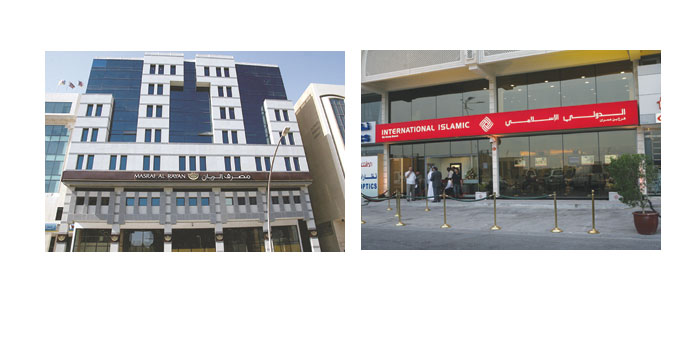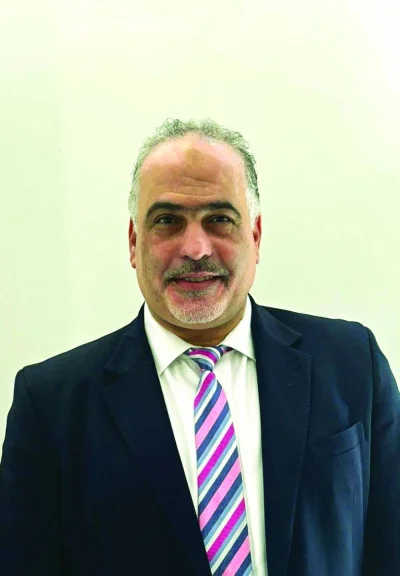Masraf Al Rayan’s cost-to-income ratio was 20.6% and QIIB’s 24.47%, the World Islamic Banking Conference leaderboard says.
By Santhosh V Perumal
Business Reporter
Shariah-principled lenders in Qatar, led by Masraf Al Rayan and QIIB, were the most efficient in global Islamic finance industry in terms of cost-to-income ratio, a key financial measure used to gauge the efficiency of a bank, according to a study.
Masraf Al Rayan’s cost-to-income ratio was 20.6%, QIIB (24.47%), Qatar Islamic Bank (31.78%) and Barwa Bank (39.56%), said the World Islamic Banking Conference leaderboard, a performance assessment framework designed by Middle East Global Advisors, as part of its efforts to improve the quality and performance of the Islamic banking industry.
Cost-to-income ratio — which is calculated based on non-profit rate operating cost divided by the sum of net financial income and non-profit rate income — gives a clear view of how efficiently a bank is operating at and what portion of costs can be covered by income.
The lower the ratio, the higher the ranking of the bank, said the performance assessment framework, compiling data from Bankscope and ICD Thomson Reuters Islamic Finance Development Indicator.
Among the 15 Islamic banks in the world, Masraf Al Rayan and QIIB topped the first and second slots. Of the total, four each were from Qatar and Malaysia, two each from Bangladesh and the UAE, and one each from Saudi Arabia, Kuwait and Jordan.
Saudi Arabia’s Al Rajhi Bank came in the sixth position with cost-to-income ratio of 33.12%, Kuwait’s Ahli United Bank at seventh slot with 33.2% and the UAE’s Sharjah Islamic Bank and Emirates Islamic Bank at 14th and 15th positions with 40.68% and 40.71% respectively.
“By virtue of its business model, Islamic banks are able to keep their costs low as they do not participate in volatile market based activities. However, this decreases Islamic banks’ income generating avenues,” Sayd Farook, vice-chairman and chief executive of Middle East Global Advisors said.
In light of such issues, he said cost-to-income ratio helps banks in keeping track of their financial performance by readjusting costs and focus on revenue generating streams in case they fall below the industry benchmark.
The other banks that came within the top 15 universe included Malaysia’s Bank Kerjasama Rakyat, Public Bank Islamic Berhad, Maybank Islamic Berhad and Hong Leong Islamic Bank Berhad at third, fifth, ninth and eleventh positions with cost-to-income ratio of 25.43%, 32.84%, 37.02% and 39.31% respectively.
Bangladesh’s Al Arfa Islami Bank and Export Import Bank came in the eighth and 13th slots with cost-to-income ratio at 34.04% and 40.34% respectively. Jordan Islamic Bank came in the 10th position with 37.03%.
“This ratio is an important indicator of how efficient a bank is in keeping its cost low. In this age of digital transformation and intense competition from both big banks and small lenders, it is imperative that banks cut down their costs as well as focus on areas to increase income as this ratio is equally affected by how banks generate income,” according to Musa Shihadeh, chief executive of Jordan Islamic Bank.



